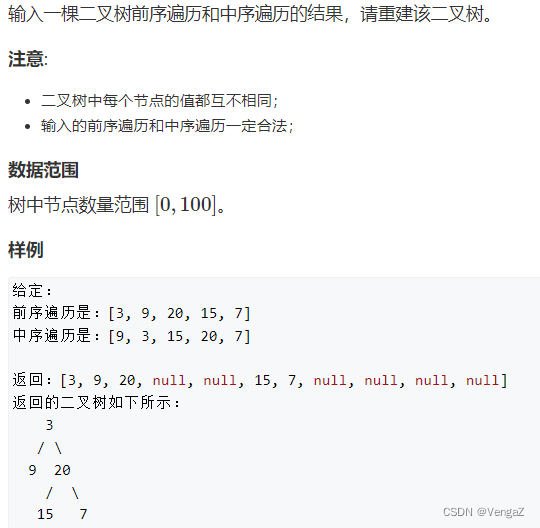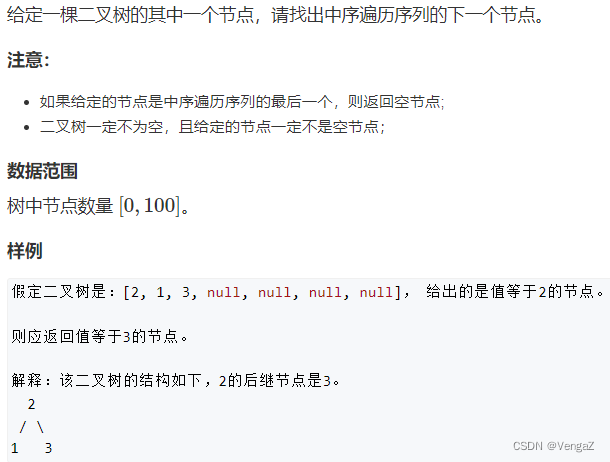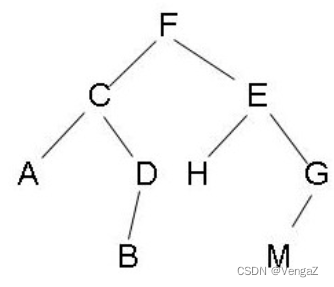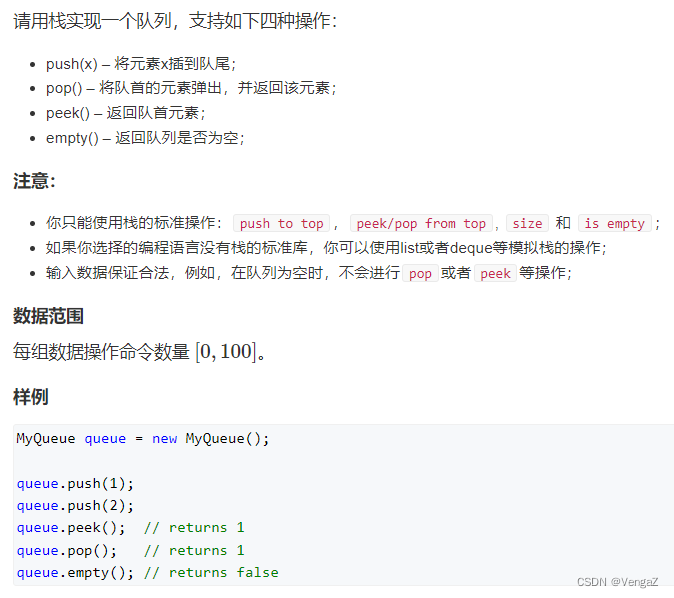算法刷题 week3
| 阿里云国内75折 回扣 微信号:monov8 |
| 阿里云国际,腾讯云国际,低至75折。AWS 93折 免费开户实名账号 代冲值 优惠多多 微信号:monov8 飞机:@monov6 |
这里写目录标题
1.重建二叉树
题目

题解
(递归) O(n)
递归建立整棵二叉树先递归创建左右子树然后创建根节点并让指针指向两棵子树。
前序遍历根 左 右中序遍历左 根 右 后序遍历左 右 根
具体步骤如下
- 先利用前序遍历找根节点前序遍历根 左 右的第一个数就是根节点的值
- 在中序遍历中找到根节点的位置 k则 k 左边是左子树的中序遍历左 根 右右边是右子树的中序遍历
- 假设左子树的中序遍历的长度是 l则在前序遍历中根节点后面的 l 个数是左子树的前序遍历剩下的数是右子树的前序遍历
- 有了左右子树的前序遍历和中序遍历我们可以先递归创建出左右子树然后再创建根节点
时间复杂度分析
我们在初始化时用哈希表(unordered_map<int,int>)记录每个值在中序遍历中的位置这样我们在递归到每个节点时在中序遍历中查找根节点位置的操作只需要 O(1) 的时间。此时创建每个节点需要的时间是 O(1)所以总时间复杂度是 O(n)。
/**
* Definition for a binary tree node.
* struct TreeNode {
* int val;
* TreeNode *left;
* TreeNode *right;
* TreeNode(int x) : val(x), left(NULL), right(NULL) {}
* };
*/
//preorder前序遍历根 左 右inorder中序遍历左 根 右
class Solution {
public:
unordered_map<int, int> pos;
TreeNode* buildTree(vector<int>& preorder, vector<int>& inorder) {
int n = preorder.size();
for (int i = 0; i < n; ++i)
pos[inorder[i]] = i; //用哈希表记录每个值在中序遍历中的位置
return dfs(preorder, inorder, 0, n - 1, 0, n - 1);
}
//前序遍历pre的范围是[pl,pr], 中序遍历in的范围是[il,ir]
TreeNode* dfs(vector<int>& pre, vector<int>& in, int pl, int pr, int il, int ir) {
if (pl > pr) return NULL;
int k = pos[pre[pl]] - il; //寻找前序的根节点在中序遍历中是在第几个位置
TreeNode* root = new TreeNode(pre[pl]); //生成新的根节点
root->left = dfs(pre, in, pl + 1, pl + k, il, il + k - 1);
root->right = dfs(pre, in, pl + k + 1, pr, il + k + 1, ir);
return root;
}
};
2.二叉树的下一个节点
题目

题解
(模拟) O(h)
这道题目就是让我们求二叉树中给定节点的后继。
中序遍历左 根 右
分情况讨论即可如下图所示
- 左 根 右如果当前节点有右儿子则右子树中最左侧的节点就是当前节点的后继。比如F的后继是H
- 左 根如果当前节点没有右儿子**则需要沿着father域一直向上找找到第一个是其(这个其非当前节点)father左儿子的节点该节点的father就是当前节点的后继。**比如当前节点是D则第一个满足是其father左儿子的节点是F则C的father就是D的后继即F是D的后继。

时间复杂度分析
不论往上找还是往下找总共遍历的节点数都不大于树的高度。所以时间复杂度是 O(h)其中 h 是树的高度。
/**
* Definition for a binary tree node.
* struct TreeNode {
* int val;
* TreeNode *left;
* TreeNode *right;
* TreeNode *father;
* TreeNode(int x) : val(x), left(NULL), right(NULL), father(NULL) {}
* };
*/
class Solution{
public:
TreeNode* inorderSuccessor(TreeNode* p) {
if (p->right) {
p = p->right; //易错带
while (p->left) p = p->left;
return p;
}
//p == p->father->right 用来判断p是否是右节点
while (p->father && p == p->father->right) p = p->father;
return p->father;
}
};
3.用两个栈实现队列
题目

题解
(栈队列) O(n)
这是一道基础题只要把功能实现对就可以不需要考虑运行效率。
我们用两个栈来做一个主栈用来存储数据一个辅助栈用来当缓存。
栈先进后出队列先进先出
push(x)我们直接将 x 插入主栈中即可。pop()此时我们需要弹出最先进入栈的元素也就是栈底元素。我们可以先将所有元素从主栈中弹出压入辅助栈中。则辅助栈的栈顶元素就是我们要弹出的元素将其弹出即可。然后再将辅助栈中的元素全部弹出压入主栈中。peek()可以用和pop()操作类似的方式得到最先压入栈的元素。empty()直接判断主栈是否为空即可。
时间复杂度分析
push()O(1)pop(): 每次需要将主栈元素全部弹出再压入所以需要 O(n) 的时间peek()类似于pop()需要 O(n) 的时间empty()O(1)
class MyQueue {
public:
/** Initialize your data structure here. */
stack<int> stk, cache;
MyQueue() { //初始化如果栈不为空则用while()清空
while (!stk.empty()) {
stk.pop();
}
while (!cache.empty()) {
cache.pop();
}
}
/** Push element x to the back of queue. */
void push(int x) {
stk.push(x);
}
void copy(stack<int>& a, stack<int>& b) {
while (a.size()) {
b.push(a.top());
a.pop();
}
}
/** Removes the element from in front of queue and returns that element. */
int pop() {
if (stk.empty()) return -1; //如果栈为空返回-1
copy(stk, cache);
int res = cache.top();
cache.pop();
copy(cache, stk);
return res;
}
/** Get the front element. */
int peek() {
if (stk.empty()) return NULL; //如果栈为空返回NULL
copy(stk, cache);
int res = cache.top();
copy(cache, stk);
return res;
}
/** Returns whether the queue is empty. */
bool empty() {
return stk.empty();
}
};
/**
* Your MyQueue object will be instantiated and called as such:
* MyQueue obj = MyQueue();
* obj.push(x);
* int param_2 = obj.pop();
* int param_3 = obj.peek();
* bool param_4 = obj.empty();
*/
| 阿里云国内75折 回扣 微信号:monov8 |
| 阿里云国际,腾讯云国际,低至75折。AWS 93折 免费开户实名账号 代冲值 优惠多多 微信号:monov8 飞机:@monov6 |

